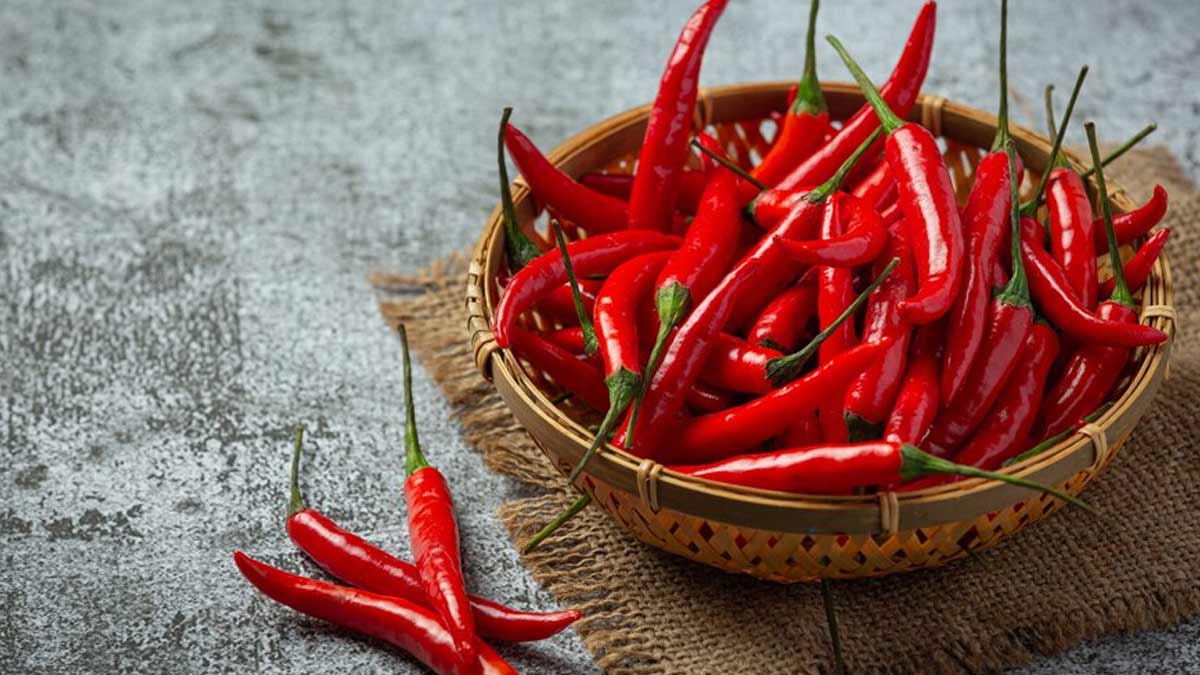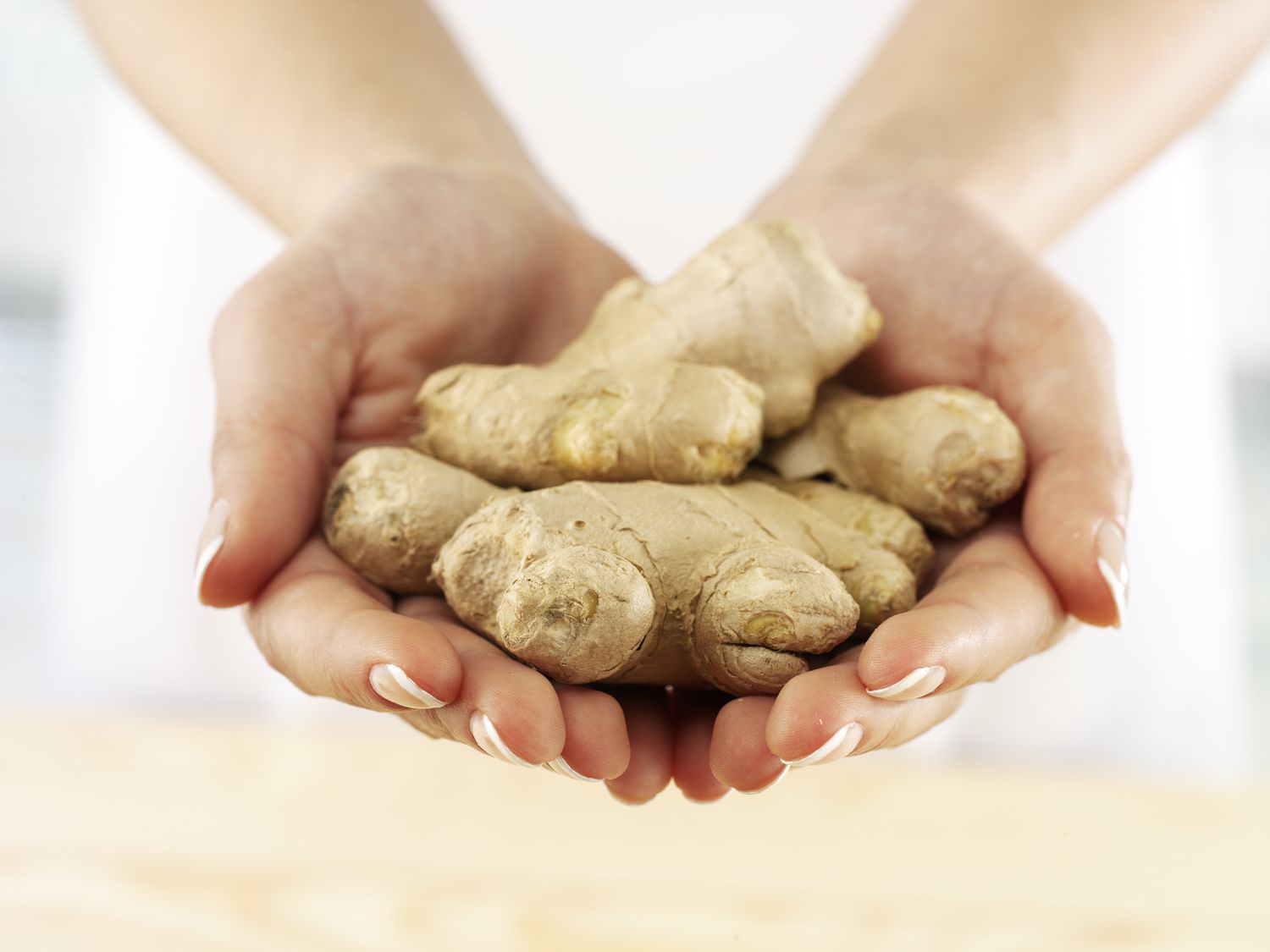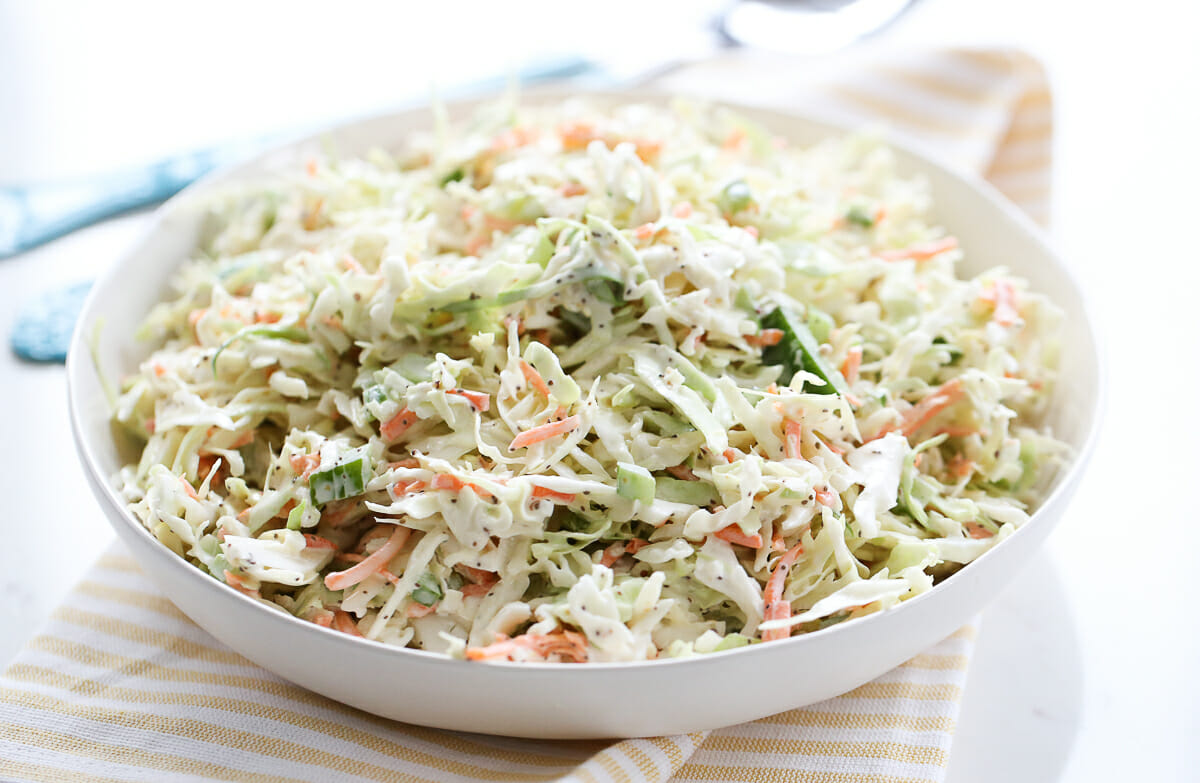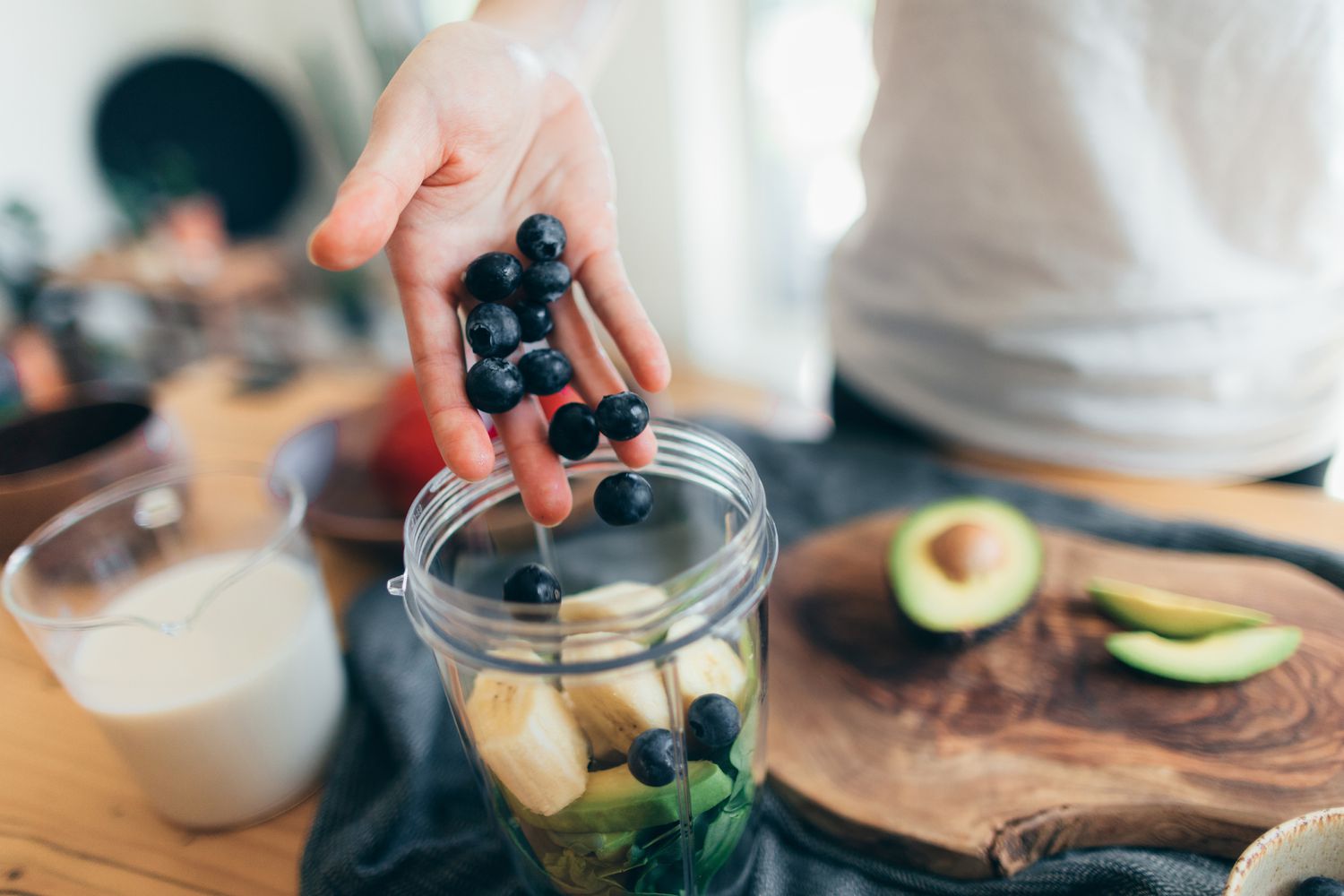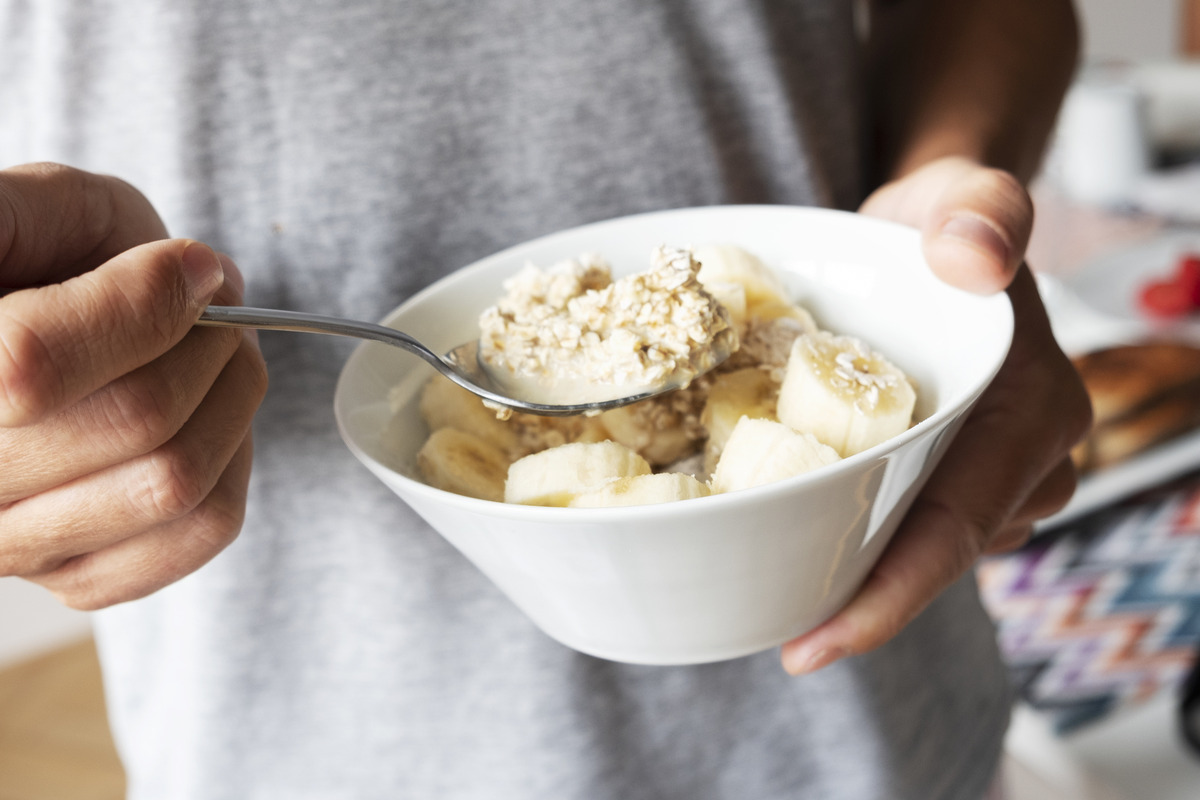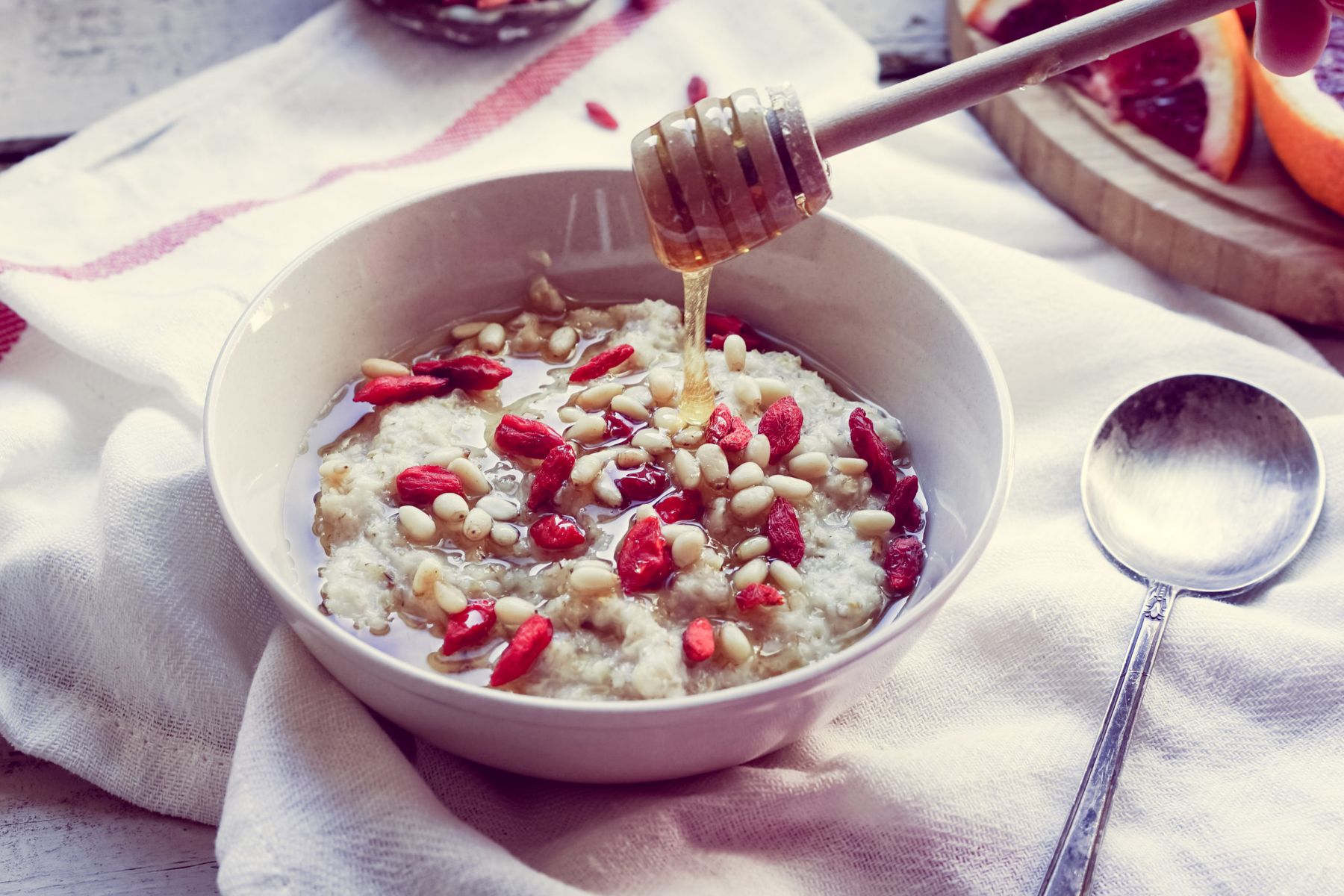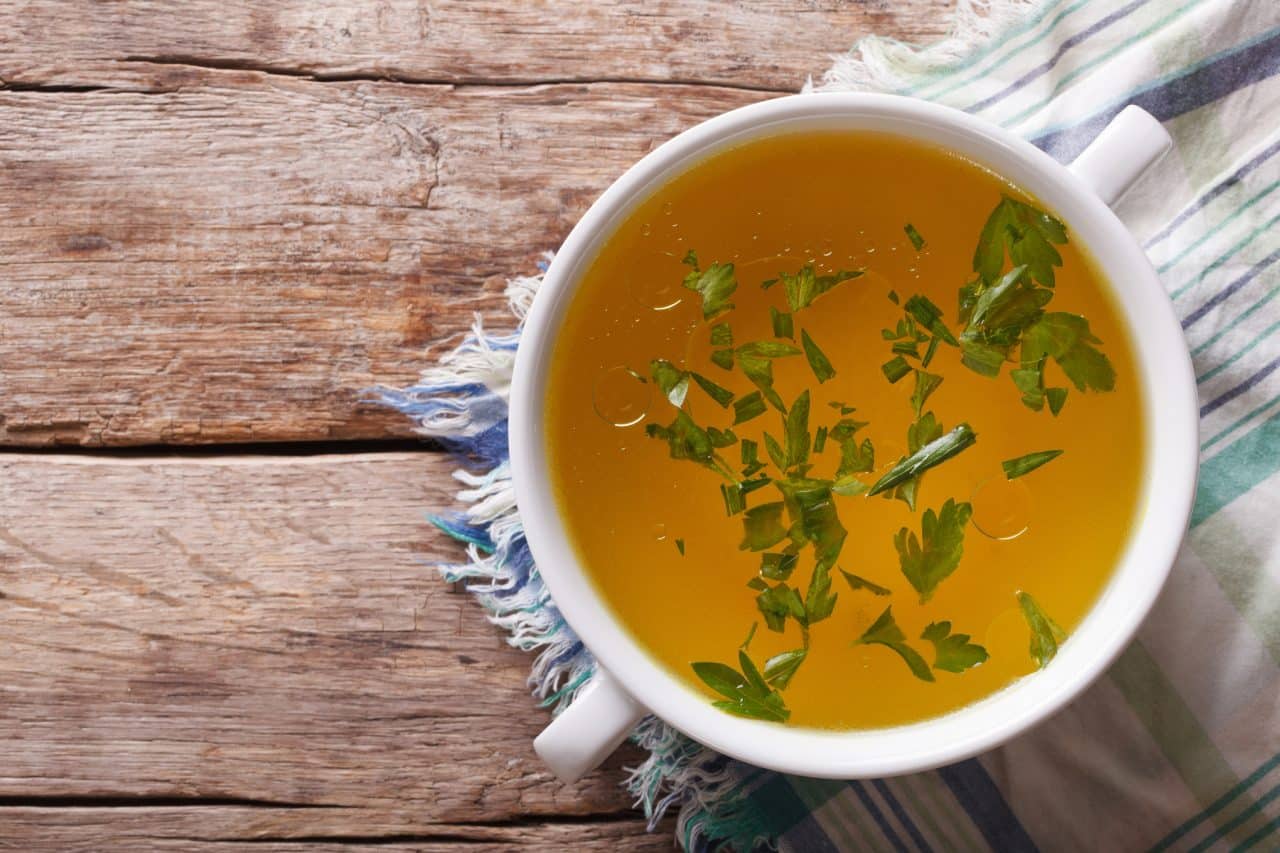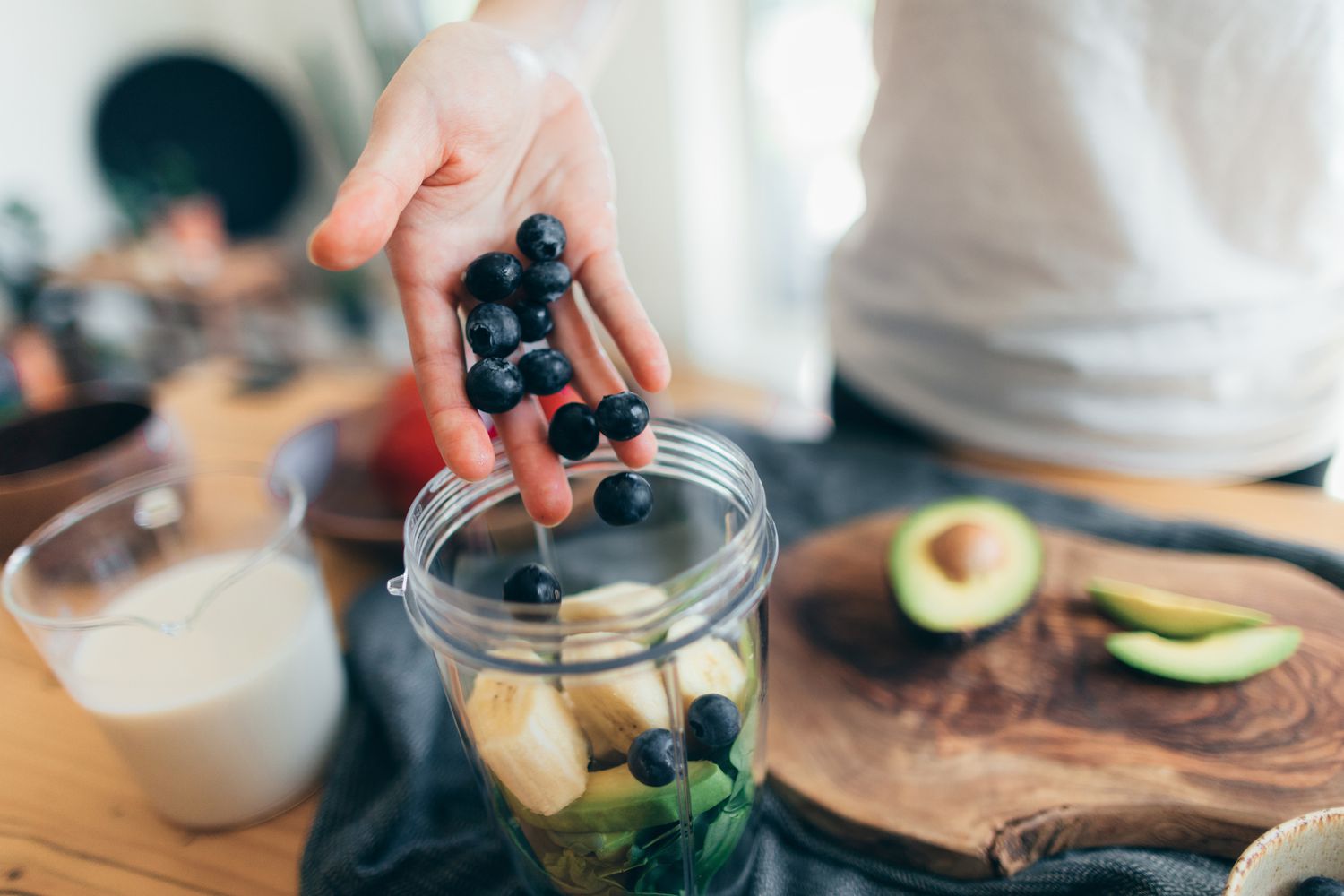How to Enjoy Spicy Food Without the Pain
Spicy food can be a delight for the taste buds, but for some, the heat can be overwhelming. If you love the flavors of spicy cuisine but can’t handle the burn, fear not! There are ways to enjoy spicy food without experiencing the discomfort. Here are some tips to help you savor the heat without the pain:
Build Your Tolerance
If you’re not accustomed to spicy food, start by gradually introducing heat into your meals. Begin with milder spices such as paprika or cumin, and slowly work your way up to hotter options like cayenne pepper or chili flakes. Over time, your tolerance for spiciness will increase, allowing you to enjoy hotter foods without as much discomfort.
Pair with Dairy
Dairy products can help counteract the effects of spicy food. The casein protein in dairy binds to the capsaicin, the compound responsible for the heat in spicy foods, helping to alleviate the burning sensation. Consider pairing your spicy dish with a side of yogurt, a dollop of sour cream, or a serving of milk to help cool the heat.
Opt for Starchy Sides
Starchy foods like rice, bread, or potatoes can help absorb the spiciness of a dish, providing relief from the heat. When enjoying a spicy meal, consider serving it with a side of naan, a serving of steamed rice, or a portion of mashed potatoes to help balance out the heat.
Slow Down and Savor
When eating spicy food, take your time and savor each bite. Eating slowly can help prevent the buildup of heat in your mouth, giving your taste buds a chance to adjust to the spiciness. Additionally, taking breaks between bites can help prevent the intensity of the heat from becoming overwhelming.
Stay Hydrated
Drinking water can provide temporary relief from the heat of spicy food, but be cautious as it may only spread the capsaicin around your mouth, intensifying the burning sensation. Instead, opt for beverages that can help neutralize the heat, such as milk or a soothing lassi. These options can provide more effective relief from the spiciness.
Know Your Limits
While building your tolerance for spicy food can be rewarding, it’s essential to know your limits. If a dish is too spicy for your liking, don’t push yourself to finish it. Enjoying spicy food should be a pleasurable experience, so listen to your body and stop eating if the heat becomes too much to handle.
By incorporating these tips into your culinary adventures, you can savor the flavors of spicy food without the discomfort. Whether you’re indulging in a fiery curry or adding a kick to your favorite dish, these strategies can help you enjoy the heat without feeling the burn.
